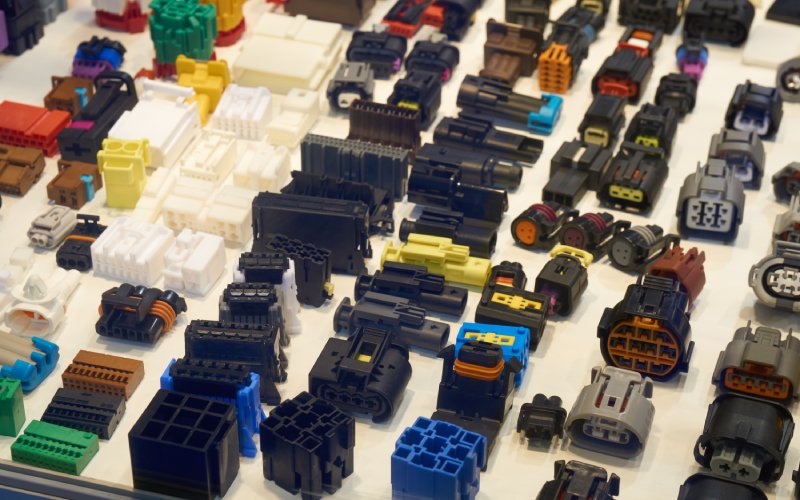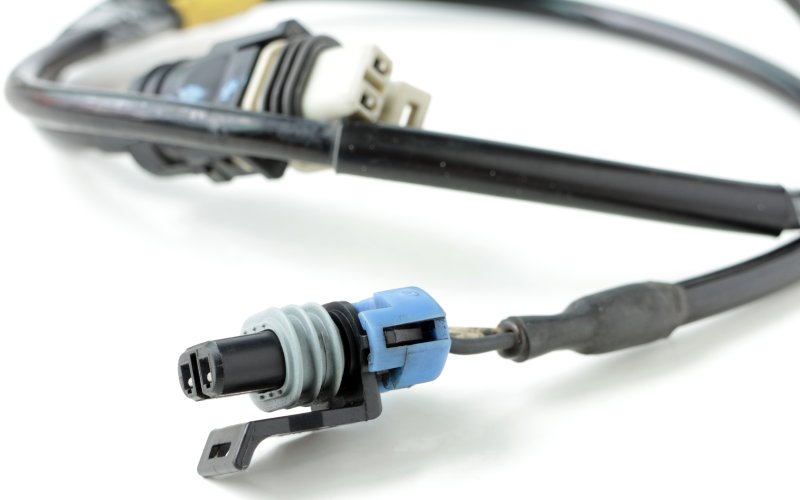Choosing the Right 2-Cavity Connector for Your Project
Choosing the Right 2-Cavity Connector for Your Project

Many components go into automotive engineering, and they all have an important part to play. 2-cavity connectors are a versatile choice for hooking up electrical systems and other vital purposes to keep vehicles and other machinery running. However, choosing the right 2-cavity connector for your projects requires finding one that fits your applications’ physical and electrical needs. Connector Experts understand the intricacies of these connectors and have some helpful tips.
Understanding the Basics of 2-Cavity Connectors
The first step in selecting the right connector is understanding its fundamental characteristics. 2-cavity connectors house two electrical terminals, making them ideal for applications that require a smaller number of connections. Professionals most commonly use these connectors in automotive systems, which requires taking advantage of small and simple spaces.
Automotive engineers appreciate the compact design of 2-cavity connectors, which allows for easy integration into various systems. We most commonly employ these connectors in lighting applications such as headlights and other sensors and components that require minimal connections. Their straightforward design ensures an easy installation and maintenance process, making them a preferred choice for engineers aiming for efficiency.
Application Considerations in Automotive Engineering
Automotive engineers must consider the specific application’s requirements when selecting a 2-cavity connector. Different systems in a vehicle may impose varying demands on the specific connectors that experts use, which can significantly influence which connector is the right choice.
Environmental exposure is a critical consideration. Vehicles containing automotive connectors often subject them to a range of environmental factors, such as extreme temperatures, moisture, vibrations, and dust and dirt particles. Selecting a connector that can withstand these conditions ensures long-term reliability and performance. Engineers must evaluate a connector’s environmental sealing capabilities, such as its IP rating, to ensure it meets the necessary standards.
Evaluating Connector Performance Features
Performance features are a key aspect of choosing the right 2-cavity connector. Engineers must evaluate various features to ensure the connector meets the application’s demands.
One such feature is the connector’s contact resistance. Low contact resistance is essential for efficient electrical conduction and minimal power loss. Engineers must verify that the connector’s design supports low resistance to optimize system performance. It’s also important to consider how different contact materials, such as gold or tin plating, can influence resistance levels and consider them appropriately during production.

Compatibility With System Requirements
Compatibility with existing systems is a crucial factor when selecting the right automotive connector. Engineers must ensure that the connector integrates seamlessly with the rest of the system’s components or else they risk system failures and other common inconveniences.
One aspect of compatibility is the connector’s interface with other components. Engineers must verify that the connector’s design matches the mating components’ specifications, such as pin spacing and alignment. Incompatible interfaces can lead to connectivity issues and signal degradation, which negatively impacts system performance.
Another compatibility consideration is the connector’s material properties. Manufacturers and designers must ensure that the connector materials are compatible with the system’s environmental conditions and chemical exposure. For instance, connectors around the engine compartment must withstand high temperatures and potential exposure to oils and fuels.
Selecting Based on Environmental Conditions
Part of choosing the right 2-cavity connector for your project is considering environmental conditions that may come up through regular performance. For example, automobile systems typically experience different types of environmental factors than those found when using a boat or industrial forklift.
Temperature is one of the biggest factors for any connector, so they must withstand extreme heat and cold without compromising functionality. Engineers should verify the connector’s temperature range to ensure it aligns with the application’s requirements.
Moisture and liquid exposure are also common factors to keep in mind. Connectors must possess adequate sealing when operating in areas prone to water exposure, such as undercarriages or near windshields. Engineers should consider connectors with high IP ratings to ensure protection against water and dust.
Assessing Connector Material and Design
The choice of materials and design significantly influences the performance and durability of a 2-cavity connector. Engineers should always carefully assess these factors to ensure they align with the project’s goals.
The materials that make up the connector’s construction majorly impact its overall strength and resistance to environmental factors. It’s always a good idea for manufacturers to consider connectors that utilize high-quality plastics, which can offer resistance to chemicals, UV radiation, and mechanical stress.

Cost Considerations and Budgeting
While it would be nice not to have to worry about it, designers and engineers must always think about cost considerations and the role they play in figuring out which connectors are viable. Professionals must try to balance the connector’s cost with the value it brings to the project.
While it may be tempting to choose the least expensive option, professionals should focus on the project’s total cost and determine whether going with a less cost-effective option is worth the price. Factors such as installation time, maintenance requirements, and potential downtime can also impact the overall project cost. Investing in a high-quality connector may lead to cost savings in the long run.
Testing and Quality Assurance
Testing and quality assurance are critical steps in ensuring the chosen connector meets the project’s performance and reliability standards. Professionals go through rigorous testing procedures to validate the connector’s suitability.
Conducting mechanical and environmental tests helps assess the connector’s performance under various conditions. Engineers should simulate the application’s operating environment to evaluate the connector’s resistance to temperature fluctuations, moisture, and vibrations.
Future Trends and Innovations in Connector Technology
One of the brightest things about connector technology is that we’re always striving to be bigger, better, and more efficient, with ongoing innovations that promise to enhance performance and functionality. Engineers often pay attention to new trends to see how we can leverage these new developments into specific projects.
One emerging trend is the integration of smart technologies into connectors. Engineers can expect connectors with built-in sensors and diagnostic capabilities, enabling real-time monitoring and predictive maintenance. These advancements have the potential to improve system reliability and reduce downtime.
Come to the Connector Experts when you’re trying to find the right connectors for your project. We have all sorts of shapes, sizes, and models to suit your needs. You can get the 2-pin connectors you’re looking for and learn all about their transformative potential in the automotive field.
Reach out to us anytime if you can’t find the connector you need in our expansive online catalog. A member of our team will happily help you find exactly what you’re looking for.

You must login to post comments.